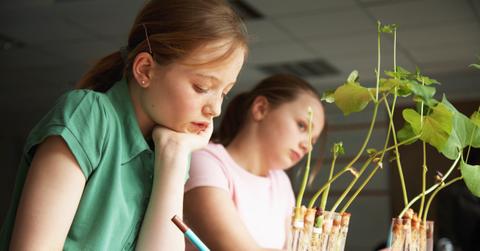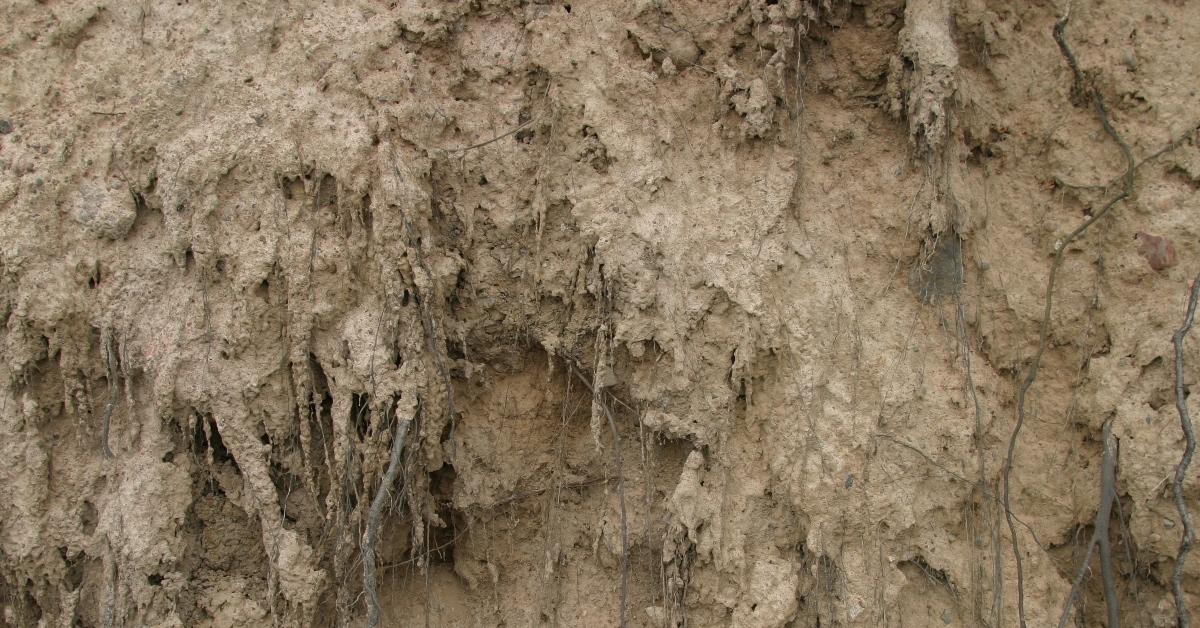3 Eco-Friendly Science Projects That Will Make Your Students Smile
Published May 23 2022, 3:36 p.m. ET

One of many school-age student experiences is the science fair, which asks inquiring minds to pick a testable question and do some research. Students then present their findings to a group of judges and can win prizes such as medals or even money for college. Choosing an eco-friendly science project is a great way to get your student invested in the world around them as much as possible!
Here are three suggestions for eco-friendly projects that are fun, informative, and related to climate studies.
The plants and soil erosion project

This project, adapted from Ben Finio, Ph.D. of Science Buddies, asks: can plants stop soil erosion? You will need six aluminum bread pans (8x3x3) and two aluminum cake pans (12x8x1), soil for all six bread pans, radish seeds, a metric ruler, sticky notes, a permanent marker, scissors, a watering can, a sunny window or outside area for the plants, an object that can prop up the bread pan at least 3 centimeters, a kitchen scale, and an outdoor test area with a flat surface.
Don't forget your lab notebook!
First, fill each of the bread pans with soil, but not all the way to the top. Then, plant radish seeds in three of the bread pans. Finally, label each of the bread pans with a trial number and whether or not the pan has seeds. You will need three bread pans with seeds and three without.
Next, use scissors to make small holes along the bottom of each bread pan to allow excess water to drain out of the pans. Then, place each of the bread pans inside the two cake pans. Based on the measurements, three bread pans should fit in each cake pan. Don't mix and match! Put all of the bread pans with seeds together. Put both cake pans in the sun. Finally, for 7-10 days, water all the bread pans gently once a day. Once the seeds are 8 to 10 centimeters tall, the next phase begins.
Use the kitchen scale to measure the mass of an empty cake pan and write it down. Then, cut two vertical lines down one short end of each cake pan to expose the soil. Next, empty the cake pans, then use your object (could be a book or lunchbox) to prop up the bread pan, so the cut side is facing down into the cake pan. Fill up the watering can to a measured amount (any amount, just keep it the same each time!) and count to five while slowly pouring water over the bread pan.
Lift up the bread pan out of the cake pan, making sure not to spill any soil. You're left with a cake pan full of soil and water. Drain the water and measure the cake pan using your kitchen scale. Write down the mass of the pan with the soil. You can subtract the mass of the empty cake pan from the pan + soil to get the mass of the soil. Then, repeat the experiment using all the other bread pans!
The results should show that the pans with plants reduce the amount of soil lost — or the "erosion" crated in the pan.
Energy transfers
This project is adapted from Jess of Sustainability Science, who performs small-scale science experiments on her Instagram. In this experiment, students need three clear jars with lids. After filling each jar with one cup of water, measure and record the temperature of each sample with a thermometer. Then, put the lids back on. Put one jar in a sunny area, one in a dark closet, and one in a room with artificial light.
After 4 to 5 hours, remove the jars and measure the individual temperatures. Ask your student to predict which one would change the most, or the least, and why.
The landfill emissions project
This experiment from the blog Honestly Modern will demonstrate to students how food decomposition and greenhouse gases work in a landfill. You will need roughly four "test bottles" (these can be used water bottles!), four balloons, and four different kinds of food scraps. As always, don't forget a lab notebook for recording findings!
First, fill three food containers with food scraps and water, but fill the fourth with only water. Then, cover each of the bottle mouths with a balloon and seal the edges with tape if the balloons aren't covering the whole lid. Observe over the course of a few days to a week as the balloons will inflate with the methane gas caused by the decomposition.
A variation on this experiment could include testing different types of food scraps against one another, to see which decomposes the fastest.